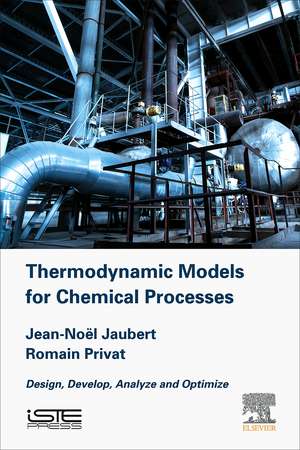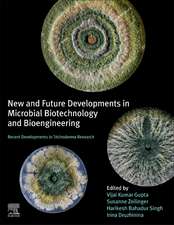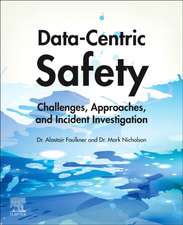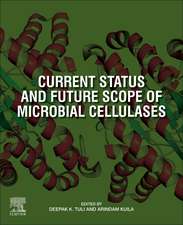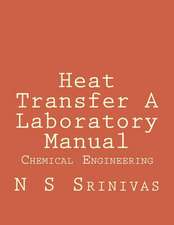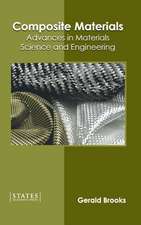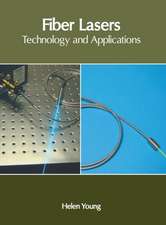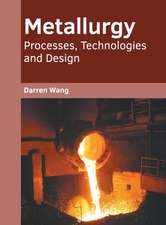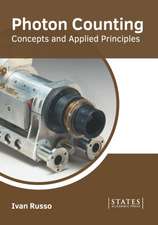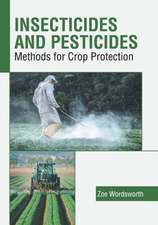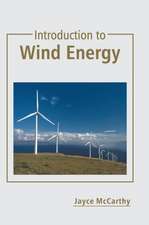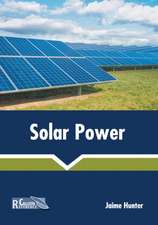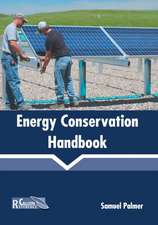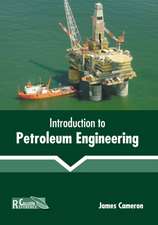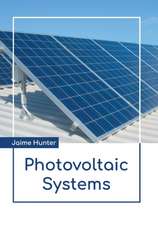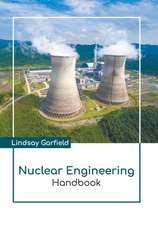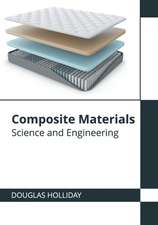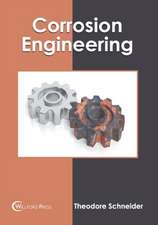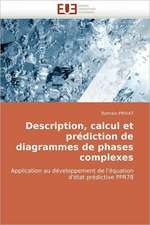Thermodynamic Models for Chemical Engineering: Design, Develop, Analyse and Optimize
Autor Jean-Noel Jaubert, Romain PRIVATen Limba Engleză Hardback – 25 iun 2021
- Presents a comprehensive overview of the main thermodynamic models
- Explains their theoretical base
- Gives detailed methods to estimate model parameters
Preț: 440.07 lei
Preț vechi: 567.81 lei
-22% Nou
Puncte Express: 660
Preț estimativ în valută:
84.22€ • 91.45$ • 70.74£
84.22€ • 91.45$ • 70.74£
Carte tipărită la comandă
Livrare economică 15-29 aprilie
Preluare comenzi: 021 569.72.76
Specificații
ISBN-13: 9781785482090
ISBN-10: 1785482092
Pagini: 198
Dimensiuni: 152 x 229 mm
Greutate: 0.44 kg
Editura: ELSEVIER SCIENCE
ISBN-10: 1785482092
Pagini: 198
Dimensiuni: 152 x 229 mm
Greutate: 0.44 kg
Editura: ELSEVIER SCIENCE
Public țintă
Engineers in the Chemical Industries; Engineering researchers using thermodynamic models to simulate processesCuprins
Part 1 Activity Coefficient Models
1. Correlations for the estimation of thermodynamic properties of pure substances in the liquid, perfect gas, or vapor-liquid states
2. Estimation of thermodynamic properties of pure substances using equation of state: Overview of available models and calculation procedures
3. Low-pressure vapor-liquid and liquid-liquid equilibria of binary systems: Activity-coefficient models
4. Estimation of the themodynamic properties of mixtures from an equation of state: An overview of models and calculation procedures
5. General Summary: decision tree to select a themodynamic model in order to simulate or design a chemical process
1. Correlations for the estimation of thermodynamic properties of pure substances in the liquid, perfect gas, or vapor-liquid states
2. Estimation of thermodynamic properties of pure substances using equation of state: Overview of available models and calculation procedures
3. Low-pressure vapor-liquid and liquid-liquid equilibria of binary systems: Activity-coefficient models
4. Estimation of the themodynamic properties of mixtures from an equation of state: An overview of models and calculation procedures
5. General Summary: decision tree to select a themodynamic model in order to simulate or design a chemical process
